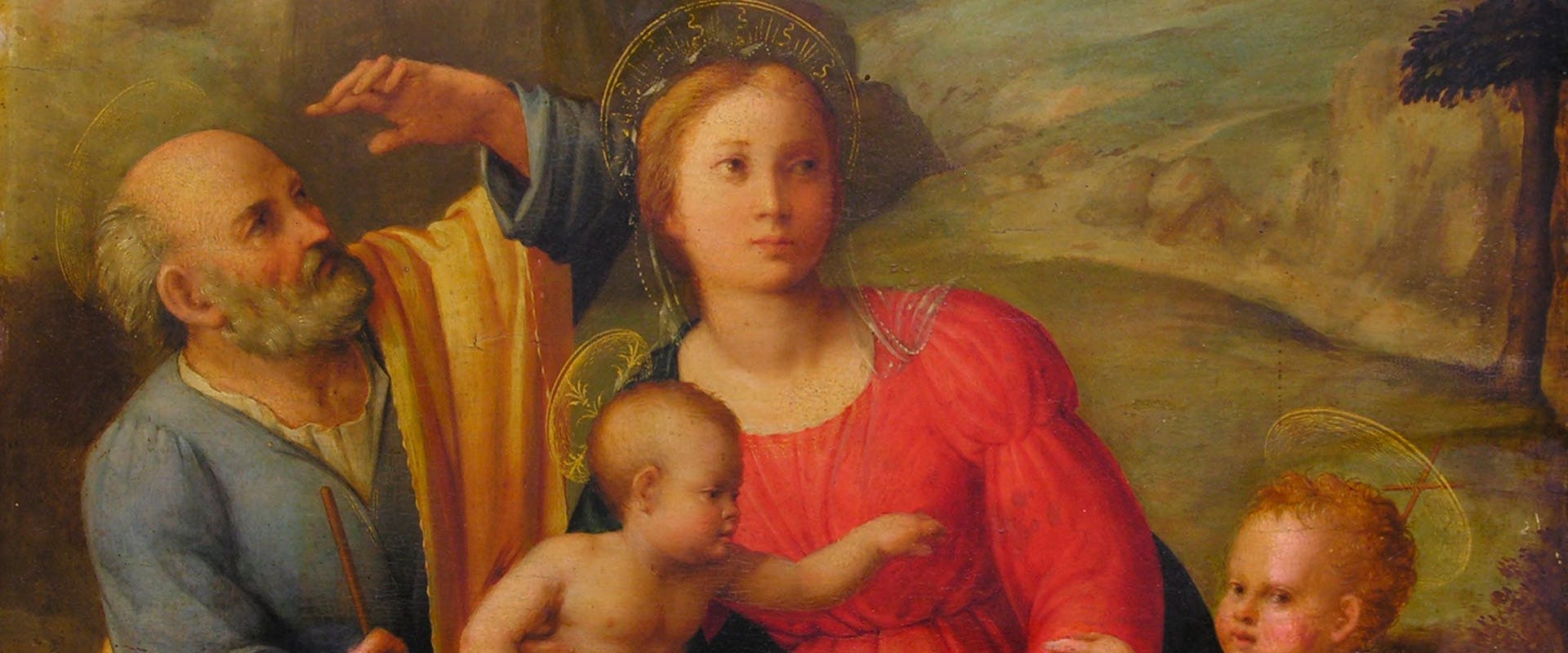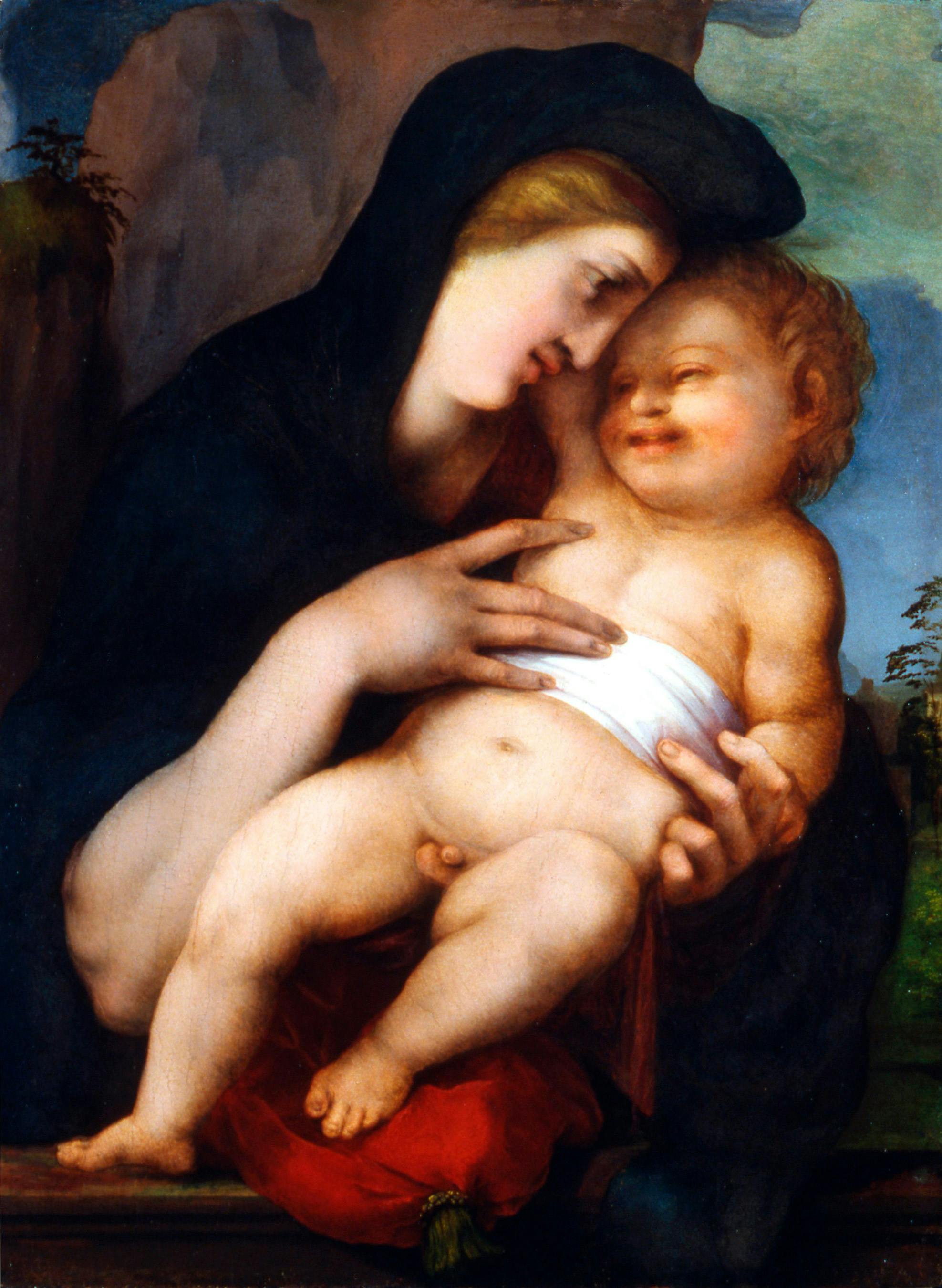Norma e capriccio Spanish artists in Italy in the early Mannerist period
Artistic interactions between Florence and Spain in the first two decades of the sixteenth century
The exhibition is devoted to the artistic production of those Spanish artists who came to Italy between 1500 and the 1520s to partake in the vibrant artistic climate which characterised cities like Florence, Rome and Naples.
It is the first time an exhibition is dedicated to those personalities. Artists including Alonso Berruguete, Pedro Machuca, Pedro Fernández (better known as the “Pseudo-Bramantino”), Bartolomé Ordóñez and Diego de Silóe, who came from different parts of the Iberian Peninsula - Toledo, Murcia and Burgos – sculptors and painters who became leading players in European Mannerism.
The exhibition is divided into four sections and visitors can admire prestigious masterpieces created by the Spanish artists during their residencies in Italy or immediately after returning to Spain.
The first section, devoted to Florence, endeavours to reconstruct the Italian career of Alonso Berruguete, providing the visitor with an unprecedented chance to directly compare the works attributed to the artist to those of his contemporaries including Andrea del Sarto, Rosso, Pontormo, Baccio Bandinelli and Jacopo Sansovino. Therefore, the visitor is able to assess the impact that the Florentine tradition had on Berruguete's work.
The second section focuses on the paintings of Pedro Machuca, and it explores the role that this painter played in Raphael's workshop in Rome in the 1510s and 1520s.
The third section allows the visitor to admire some of the splendid sculptural works produced by Bartolomé Ordóñez and Diego de Silóe during their time in Naples in the second decade of the sixteenth century.
The final section of the exhibition focuses on the work produced by these artists after their return to Spain, allowing the visitor to measure the impact that their experience in Italy had on their style and on their figurative vocabulary.

